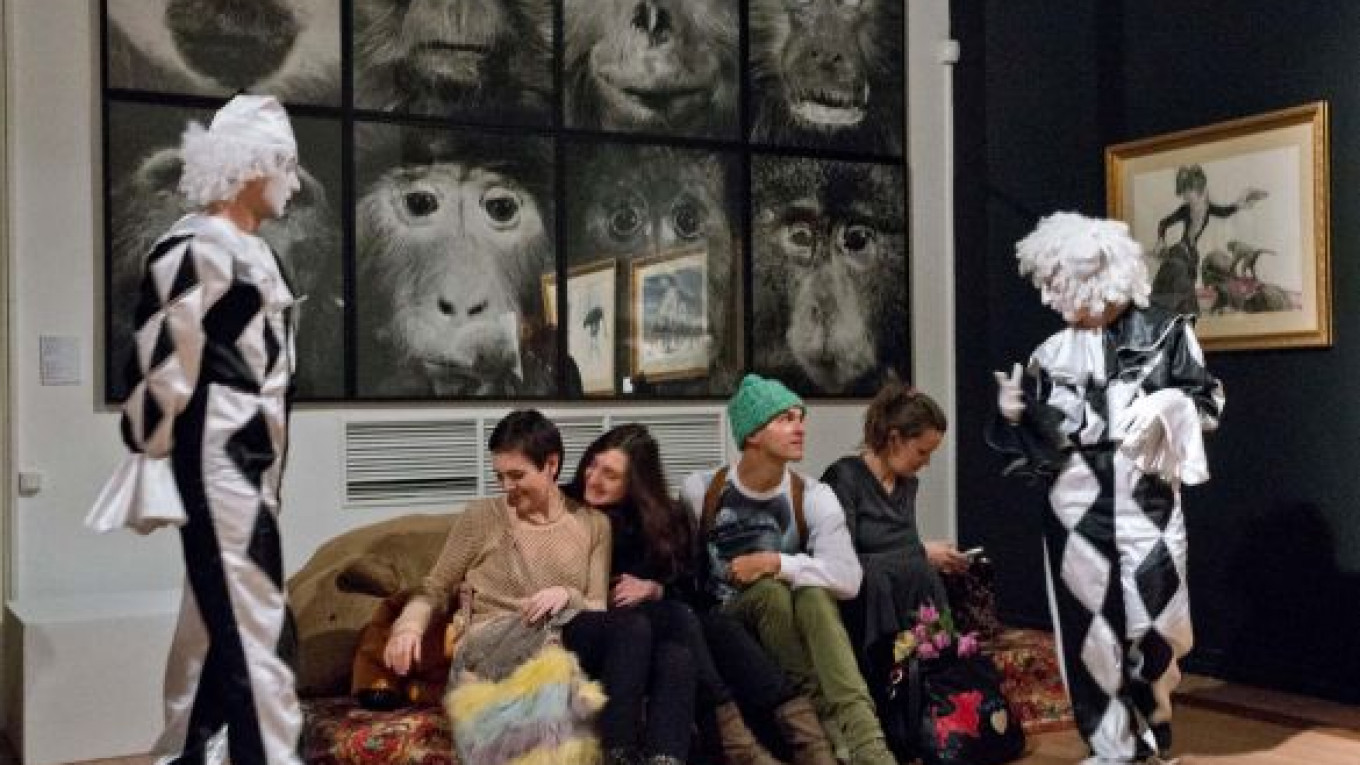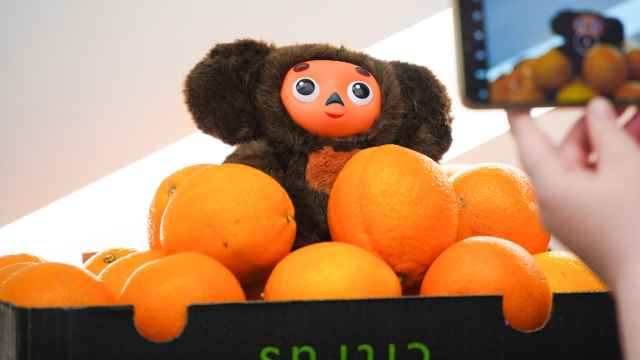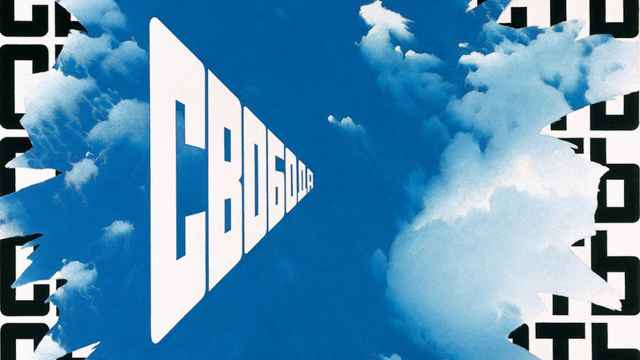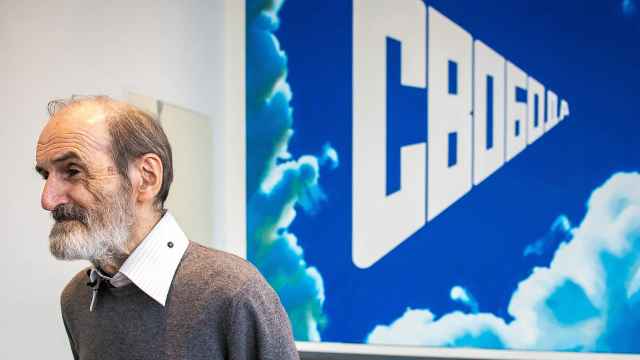Today, outsiders sometimes condemn Russian circuses as barbaric spectacles, frequently relying on drugged and caged animals that are poked and prodded into entertaining guests. However, over the past two centuries, the Russian circus has played a surprisingly central role in the Russian art scene, providing employment and inspiration for generations of visual artists who have gone on to create groundbreaking work.
A new exhibit "Playing the Circus," now on display at the Moscow Museum of Modern Art, provides its guests with an opportunity to deep into the world of the circus, with the help of reconstructed circus sets and circus-inspired art, much of it created by famous artists including Mark Chagall and Alexander Rodchenko.
The items on display range from the late 19th century to the present day, and include avant-garde and impressionist paintings, photography and videos, classical and modern sculpture, and light- and sound-based installations, further emphasizing the wide variety of artists who have been inspired by the circus, and the wildly differing styles that they have used.
Alexander Rodchenko, best known perhaps for his stark constructivist design and abstract styles, was in fact a fan of the circus and made a moving series of photographs of circus acrobats. Chagall likewise was inspired by the circus, having seen traveling troupes of clowns and acrobats as a child — he continued to produce circus-related paintings throughout his career. "For me, a circus is a magic show that appears and disappears like a world," Chagall once said.
In addition to famous artists of the past, the exhibit also spotlights a few contemporary artists who have worked with the circus — Zurab Tsereteli's colorful and caricature-like portraits make subjects appear clown-like even when they are not clowns, and it is no surprise that he has at times turned his talents to painting circus scenes and performers. Tsereteli, the head of the Russian Academy of Arts, showed up at the exhibit opening to pose with his works and hold forth on his ideas about the circus.
Tsereteli was joined by Leonid Tishkov, another contemporary artist who has incorporated images from the circus into his whimsical works. Tishkov has frequently used metaphors such as "life as a circus" in his art, and his images of a lone clown gazing forlornly at a faraway moon seem to suggest a sadder interpretation of the circus.
What is it about the circus that inspires such a depth of feeling from so many great artists? The world of the circus seems to trigger secret mechanisms in the human heart, calling up a different reaction from each individual. While some respond with whimsy and wonder, others depict despondency and tears.
In addition to circus-inspired artwork, the museum has collected a wide variety of sets and props, presented in seven loose categories, named "Metaphor," "Drama," "Dressing Room," "Circus Arena," "Cage," "Dream," and "Walk of Fame," each dedicated to a different side of the life of the circus and each displayed in a different room. On the opening night, clowns and other costumed performers wandered and interacted with viewers as they mingled in the different rooms.
The entire exhibition space of the museum has been transformed into a highly charged gala venue with performance halls, dressing rooms and backstage areas, just like an actual circus. Music and lighting help to envelop visitors in the spirit of circus at every step they take. Typical attributes like a drum and a ring with a clown sitting in it further add to the natural atmosphere of a circus arena.
The basis of the collection is a set of works from MMOMA, with other pieces on loan from the State Tretyakov Gallery, the State Pushkin Museum of Fine Arts, the Moscow Media Art Museum and the Museum of the Union of Russian Circus Artists.
Several items in the exhibit have never been on display before and will see the light of day for the first time. The fact that many of the costumes, accessories, designs, documentary photographs and videos are from authentic circuses makes this exhibit a kind of museum of circus life as well as an art exhibit.
A farewell present for visitors at the end of their circus journey is a chance to act like a star going out through the seventh art space, "Walk of Fame," designed to feel like a red-carpet walk down a white corridor with shiny stars on the walls.
"Playing Circus" is on display until April 6 at the Moscow Museum of Modern Art at 25 Ulitsa Petrovka. For more information, see the MMOMA website at mmoma.ru.
Contact the author at [email protected]
A Message from The Moscow Times:
Dear readers,
We are facing unprecedented challenges. Russia's Prosecutor General's Office has designated The Moscow Times as an "undesirable" organization, criminalizing our work and putting our staff at risk of prosecution. This follows our earlier unjust labeling as a "foreign agent."
These actions are direct attempts to silence independent journalism in Russia. The authorities claim our work "discredits the decisions of the Russian leadership." We see things differently: we strive to provide accurate, unbiased reporting on Russia.
We, the journalists of The Moscow Times, refuse to be silenced. But to continue our work, we need your help.
Your support, no matter how small, makes a world of difference. If you can, please support us monthly starting from just $2. It's quick to set up, and every contribution makes a significant impact.
By supporting The Moscow Times, you're defending open, independent journalism in the face of repression. Thank you for standing with us.
Remind me later.






